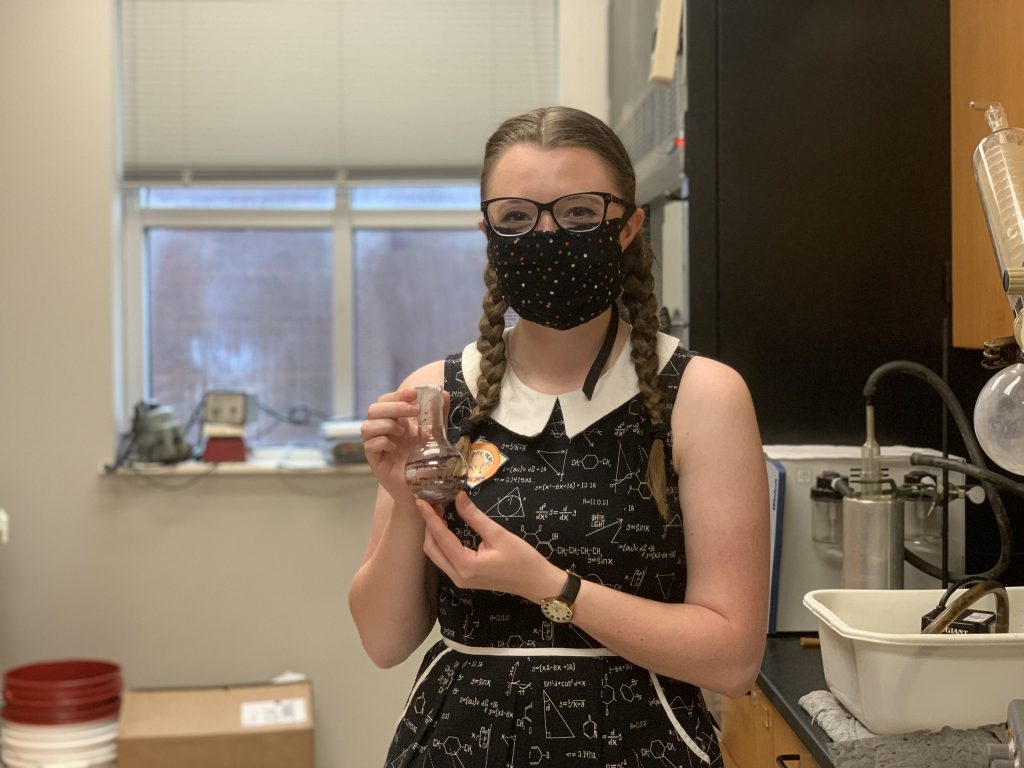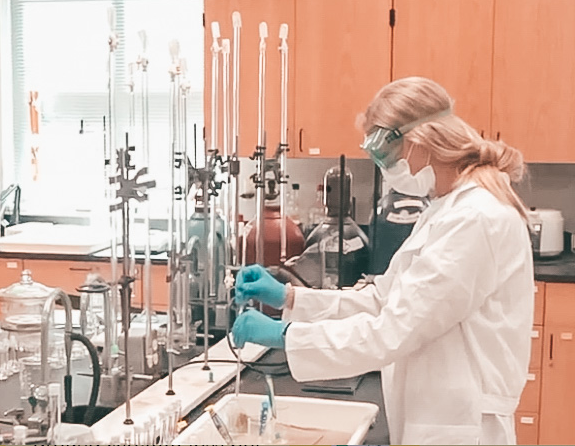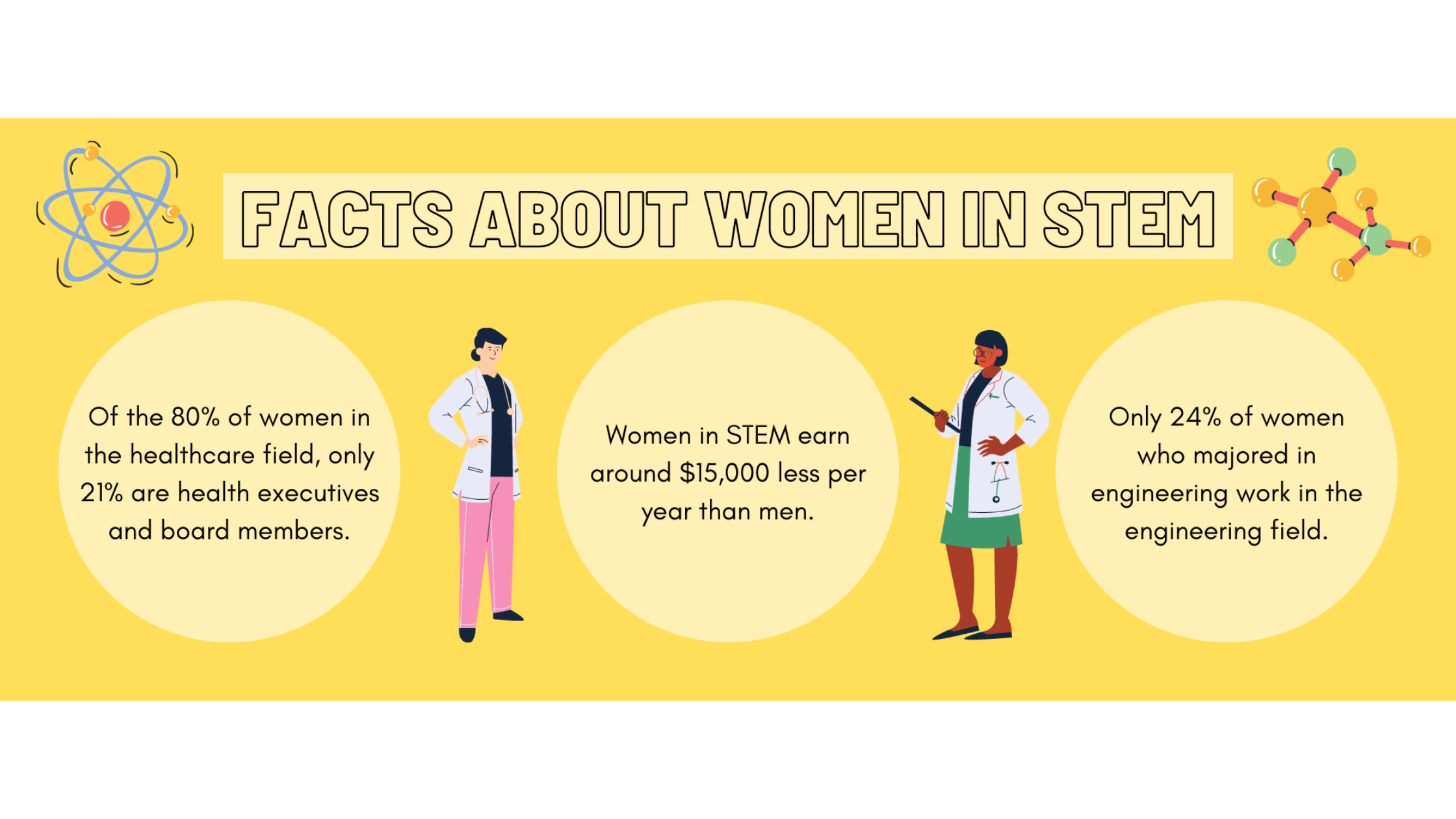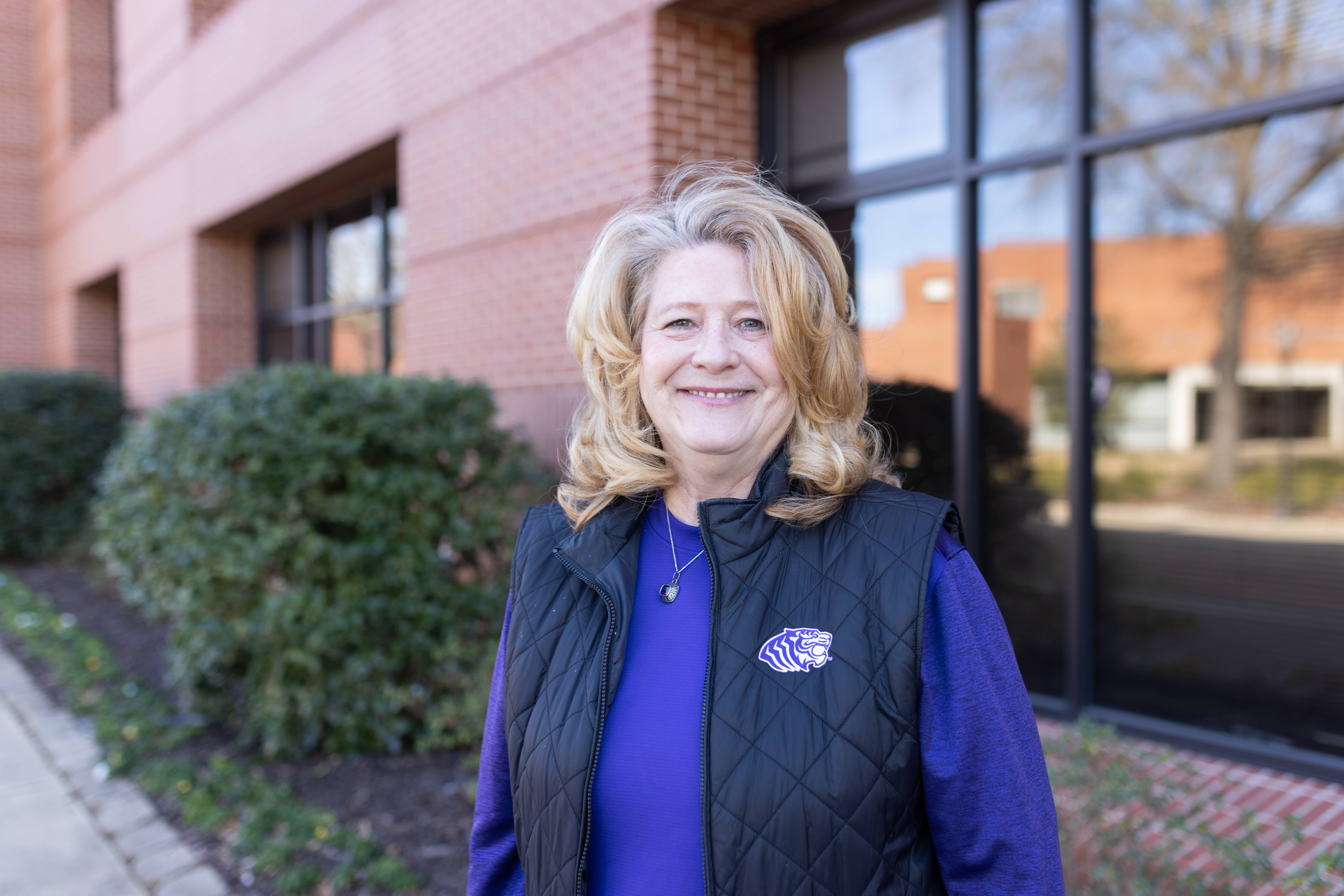by Madeline Martin, Staff Writer
September 2, 2020
According to the 2018 data from the National Science Board, women only account for 28% of the STEM workforce. STEM refers to the science, technology, engineering and mathematics fields. Females are systematically pushed away from these fields throughout their education and, as a result, are underrepresented in STEM careers.
However, the industry is changing and women are making major strides in the field. Among them are female STEM students and professors here at Ouachita who recently participated in the J.D. Patterson summer research program.
Ouachita offers a unique experience by giving STEM majors the opportunity to complete their research requirement on campus during the summer. Participating professors pitch their research topics to the students. The students then express their topic preference and are put into research teams. These teams include two or three students who assist the professor with the research. The students and professors work on their projects for about eight weeks during the summer.
Dr. Sara Hubbard, associate professor of chemistry, is one of the professors who participated in the summer research program. One of her favorite aspects of the research program is how hands-on it is for the students and how much that helps them in their future careers.
“They get to apply the knowledge they’ve learned in the classroom to real world problems,” Hubbard said. “It’s a rewarding experience for students and faculty alike.”
This opportunity gives students experience in a laboratory research environment that gives them a competitive advantage when starting their careers. Students can explore different aspects of their research topics as well, and they typically get to do research that directly correlates to their interests and desired career paths.
For Aubree Seibert, a junior biology, chemistry and applied physics triple major from Plano, Texas, the decision to pursue a STEM career has been a longtime dream. She decided that she wanted to go to pharmacy school when she was a junior in high school.

“I took AP Chemistry my senior year and decided that chemistry would be the right degree,” Seibert said. “I ended up adding the biology and physics degrees because I really love science.”
Seibert originally planned on applying to participate in off-campus research, but she ended up staying at Ouachita to complete her research. This decision was partially due to the pandemic, but it also made it more convenient for her to simultaneously complete a Calculus course over the summer.
Seibert’s summer research topic was an extension of a project she had been working on since the fall of 2019. Along with Dr. Joe Bradshaw, professor of chemistry and pre-med studies, she looked at different types of porphyrins and their usefulness in treating cancer cells. Bradshaw and Seibert tested the effect of these porphyrins on cancer cells when exposed to light.
“We’re trying to basically improve on what is typically used in medicine,” Seibert said.
Mady Cate Rottinghaus, a senior biology and spanish double major from Hot Springs, Ark., also chose to participate in the summer research program. She plans to go into dentistry.
“I love the thought of giving someone the confidence in their smile,” Rottinghaus said.

Rottinghaus chose a research project that tied into her dentistry aspirations. She worked with Hubbard to study how temperature and pH may affect Bisphenol-A leaching in a simulated oral cavity environment.
“It was out of my comfort zone to do something in the chemistry department,” Rottinghaus said, “but the research itself was what I was interested in.”
For Hubbard, pursuing a career in the STEM field was due to her love of science, math and puzzles. She received her Bachelor of Science in Chemistry from Oklahoma City University, her PhD in Analytical Chemistry from the University of Wyoming and completed a postdoctoral fellowship at Wichita State University.
“One of my favorite things about being a chemist is the process of discovery,” Hubbard said.”There are always new things to learn.”
The STEM field is typically male-dominated. Gender stereotypes play a large role in this. STEM has historically been viewed as a masculine workforce. Women are often underestimated during their education, thus creating a lack of support for women wanting to enter the STEM field. This gender disparity limits their training and minimizes career options.
However, Hubbard believes that women have a lot to offer the STEM field. In a field that relies on collaboration and problem solving, having different viewpoints is key.
“Every person has the capability to pursue any career that matches their skills and interests,” Hubbard said. “Having a diverse group of people working on problems and sharing ideas helps lead to new developments.”
While other STEM areas are becoming more balanced between genders, engineering and computer science remain male-dominated. These areas have barriers that have been more difficult for women to break down due to intimidation.
“It’s easy to get intimidated,” Seibert said. “I think that happens a lot to girls who are interested in STEM.”
Fortunately, the STEM field is gaining more women. They’re proving that it’s not just a man’s world and that women can do anything they set their minds to. Having successful, powerful role models can help young girls become confident in their abilities.
“Don’t be afraid to ask for help,” Hubbard said. “Seek out a mentor who will listen and offer advice.”
Rottinghaus is especially passionate about empowering women who want to enter the STEM field. She looks up to her own female doctors and physicians and the example they have set for her.
“We as women are smart; we’re achievers,” Rottinghaus said. “We’re just as capable.”






